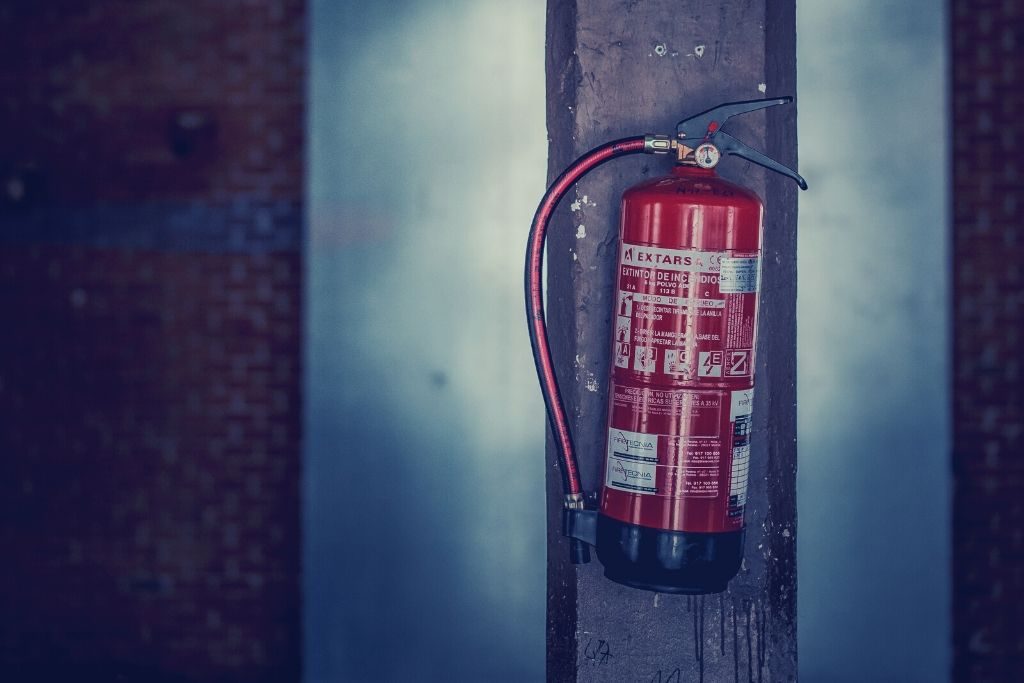Fires are among the most dangerous and costly accidents that can happen in a building. In 2018, in the US alone, there was a civilian fire death every 2 hours and 24 minutes, taking almost 3,000 lives and costing USD 25.6 billion in direct property loss. These accidents are devastating and not always preventable: It can take less than five minutes for a fire to engulf an entire property. When a tragedy as such occurs, every minute or a second is precious and can save lives. However, a robust “fire door”, a door with a fire-resistance rating, can help to contain fires in one room or can slow down the process of spreading.
When investing in such a critical part of a building, here are several critical points to consider about the fire doors.
Third-Party Specification
In a matter that can make or break lives, endorsement of a thorough system and specifications that have been designed for accountability and paramount safety is imperative. Hence, the fire doors must align with the standards of BWF-CERTIFIRE of the British Woodworking Federation, as well as CE marking under the European Union’s Construction Products Regulations.
All components of an entry system, including doors, closers, hinges, locks, intumescent seals, panic hardware, door furniture, hold-open, and free-swing devices and signage, should all be third-party-approved. These approvals assure that products are fit for purpose.
Compliant Door Hardware and Ironmongery
A door isn’t just a frame and a handle, but it’s an entire system of various components. Hence, property developers and managers can ensure the highest standards for a fire door by sourcing door ironmongery that is third-party-certified.
A fire door needs compliant door hardware and ironmongery to maintain fire safety integrity. Approved Document B of the Building Regulations requires fire doors to be self-closing and therefore fitted with an Automatic Self Closing Device defined as “a device that is capable of closing the door from any angle against any latch fitted to the door.”
Any such door closing device should comply with BS EN 1154 Controlled Door Closing Devices and be CE marked to this standard.
Ensure Accessibility
Fire doors must be easy to use and don’t restrain the access requirements of the occupants. A restriction as such would then cancel out all the benefits of a fire door, necessitating removal or disengagement.
By specifying an adjustable powered closer, the device can have the closing force adjusted to the exact requirements and minimize the opening force. The maximum opening forces allowed for door sets are stated in BS 8300 and Approved Document M of the Building Regulations. To help ensure compliance, door closer torque curves are available from manufacturers that detail the opening force throughout the opening cycle.
Prevent Tampering
Whether it’s accidental or intentional, tampering can happen in any part of a building. This can result in fire doors no longer being able to work correctly, which can prove fatal in the event of a fire.
Door arms are more likely to be the subject of tampering and vandalism. Sidearm cam action door closers are a much less intrusive solution that is highly efficient and can minimize the opening forces. Furthermore, specifying units with concealed fixings also eliminates the risk of tampering.
Communicate With Your Manufacturer
In an issue as complex and crucial as fire hazards, the nuances of the regulations might be overwhelming, but the right information can save lives. Taking the time to investigate this information and demanding test certificates from manufacturers can help developers to fire-proof their properties.
Reputable manufacturers never shy away from providing comprehensive data or support and by making an educated and informed decision. Going the extra mile to ask the questions might help to prevent the tenants from crossing over to the tragic side of the statistics.







